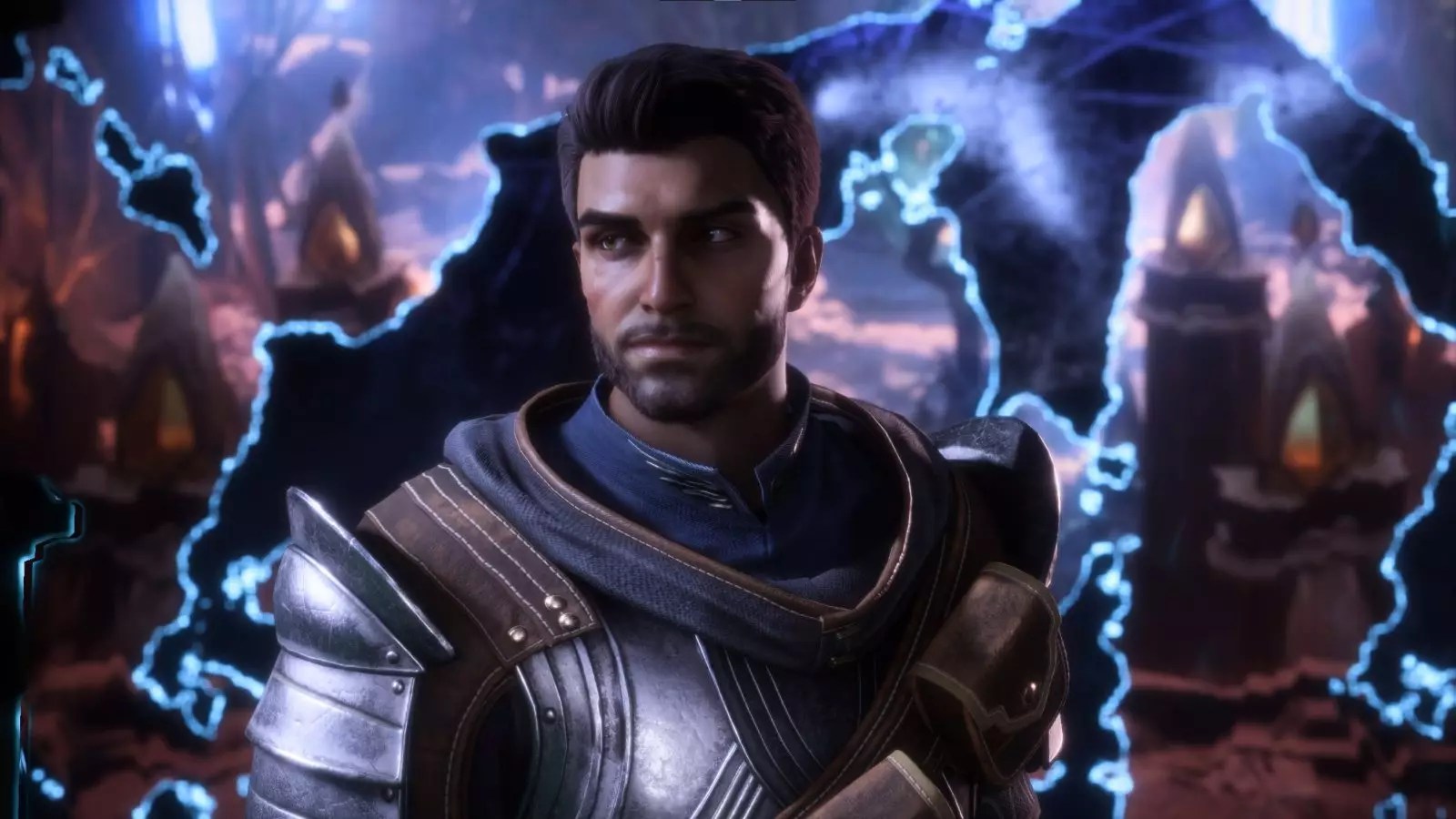The gaming world has always prided itself on innovation and immersive experiences, and the newly anticipated title, *Dragon Age: The Veilguard*, appears set to redefine character customization. Given the buzz generated by BioWare through social media snippets and previews, expectations have skyrocketed for what can only be described as an astoundingly intricate character creator. As one who has delved into the game’s early stages, I can attest that the buzz may still not do justice to the unprecedented depth and options available.
Character creators have become a staple in modern gaming, evolving from simple avatar creation screens to detailed customization tools. Titles such as *Dragon’s Dogma 2* and *Wo Long: Fallen Dynasty* have raised the bar, offering players a variety of sliders for crafting a character that resonates with their identity. Yet, *Dragon Age: The Veilguard* seems poised to push these advancements even further. While many games allow players to adjust facial features and hairstyles, *The Veilguard* dives into unprecedented specificity, ensuring that every player’s creation feels uniquely their own.
As I progressed through the character creator, my aim was to replicate my own image, a common pursuit among players. However, I was taken aback by the extent of available options. Not only did the sliders accommodate basic features, but they also welcomed subtler elements such as skin texture, facial scars, and even varying degrees of age. Representation has long been a cornerstone of the *Dragon Age* series, and this commitment shines through with features like age sliders and skin tone adjustments that interact dynamically with light. The most striking part of this interface, however, was an innovative feature I had never encountered before: the ability to give characters cataracts, which, astonishingly, rendered the visual effect with authenticity.
During a recent Q&A session with the developers, insights were shared regarding the philosophy behind the character creator’s design depth. Corinne Busche, the Game Director, emphasized, “*be who you want to be*,” as a core design pillar. This idea highlights the developers’ mission to ensure players feel a sense of belonging within the game. Features designed to cater to diverse identities, body types, and personal aesthetics reflect a mature understanding of player expectations. Nothing encapsulates this better than the notable emphasis on intricate details such as sclera color and freckles, aiming for inclusivity and relatability which are oft-overlooked in character design.
Such attention to detail proves significant when engaging with characters throughout the game. This creator is not merely a prelude to gameplay; it stands out as a worthy experience of its own. Players may find themselves engrossed, experimenting with combinations for hours, torn between the myriad of potential identities to explore.
A common grievance among players of *Dragon Age: Inquisition* was its infamous “green glow” that obscured true character details, making it challenging to envision how characters would appear in the real game world. Thankfully, BioWare addressed this concern with an innovative dynamic lighting feature in *The Veilguard*, allowing players to preview their character in various lighting conditions straight from the creation screen. No longer will your character be relegated to an unrealistic hue; players can assess how their chosen features stand out in multiple scenarios—from bright daylight to shadowed corners of the game world.
This innovation not only grants a more accurate representation during character creation but also enriches the emotional connection players forge with their characters. The ability to investigate how a character would shine in both sunlit landscapes and murky dungeons heightens the personal investment in each playthrough.
Moreover, hair options have become a focal point of discussions among *Dragon Age: The Veilguard* community. Clips depicting the realistic movement of hair have made waves on social media, showcasing a level of sophistication that goes beyond simple modeling. While clipping may occasionally occur—especially in armored scenarios—the overwhelmingly favorable presentation creates a sense of individuality. As a player and a person who often dons long locks, I empathize with the inclination to wear hair down despite its impracticality during battle.
One compelling aspect of this character creator lies in its ability to celebrate personal choice. Players may choose to express themselves visually while ignoring practical considerations within the realm of their character’s narrative, thus allowing their avatar to embody their unique gaming ethos.
As the hype builds around *The Veilguard*, a prevailing question lingers in the air: will these extensive character creation tools be made available prior to launch? Many players recall the excitement surrounding previews for titles like *Dragon’s Dogma 2*, making it clear there exists a loud and eager demand for a similar experience. BioWare’s acknowledgment of this interest only adds to the anticipation as players eagerly await the opportunity to shape their avatars before the game’s official rollout.
*Dragon Age: The Veilguard* aims to pioneer a new frontier in gamer agency and identity representation. With its extensive options, dynamic lighting capabilities, and rich commitments to representation and realism, this title is set to foster a vibrant community of unique characters and stories. As we await its full release, one thing remains certain: BioWare’s latest offering has indeed raised the stakes on what players can expect from character creators, making room for a gaming experience that is uniquely personal.


Leave a Reply